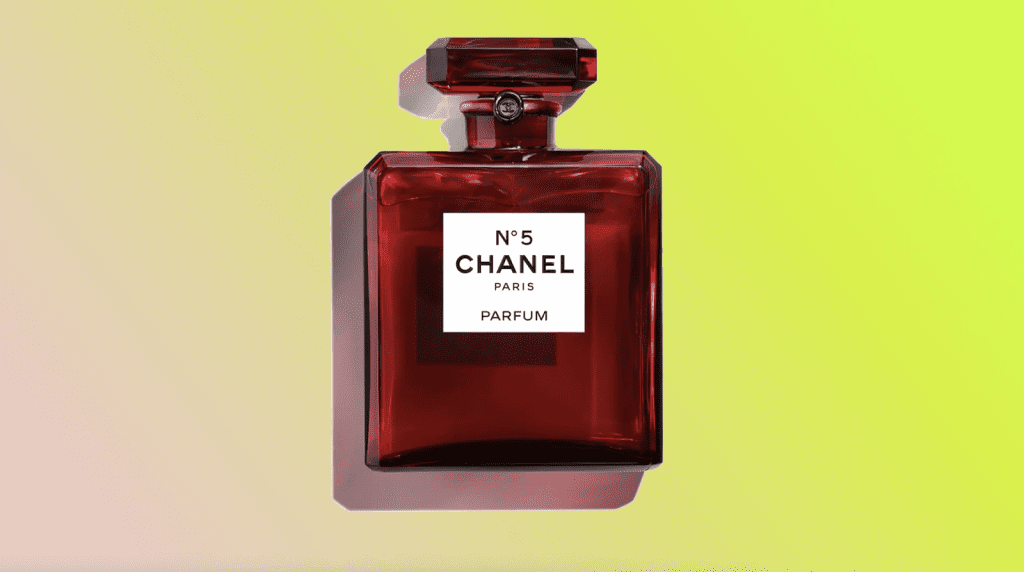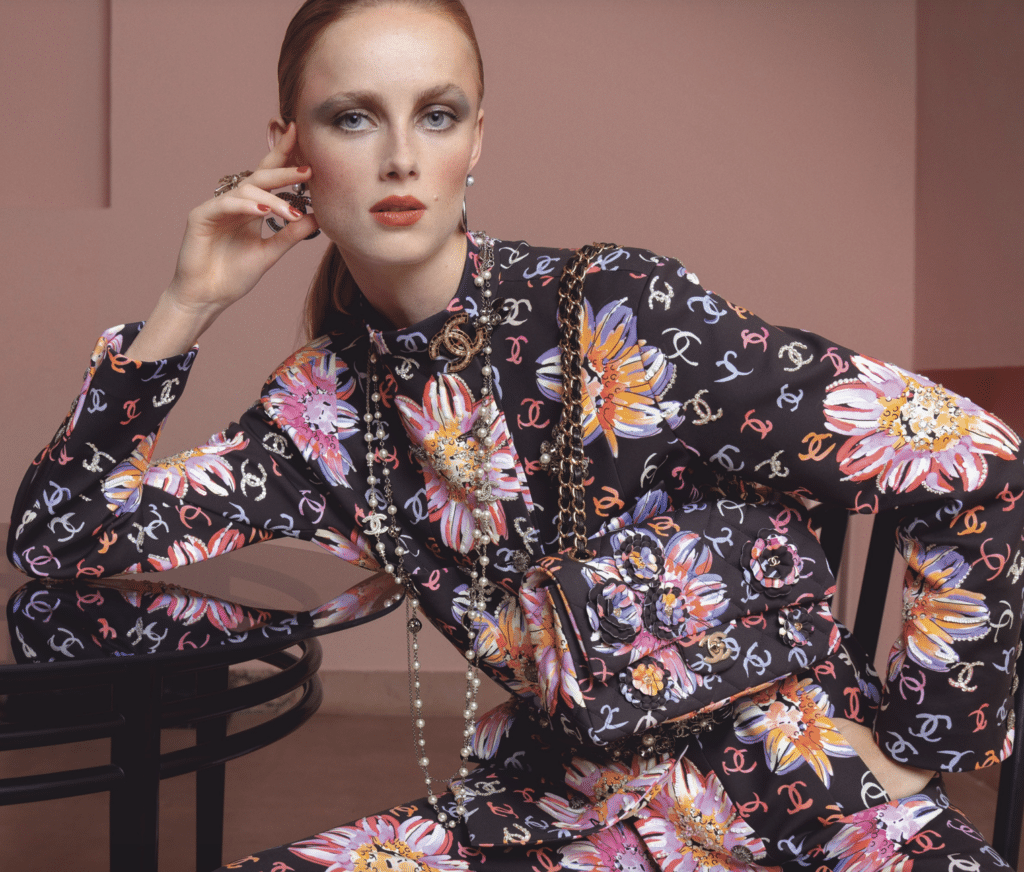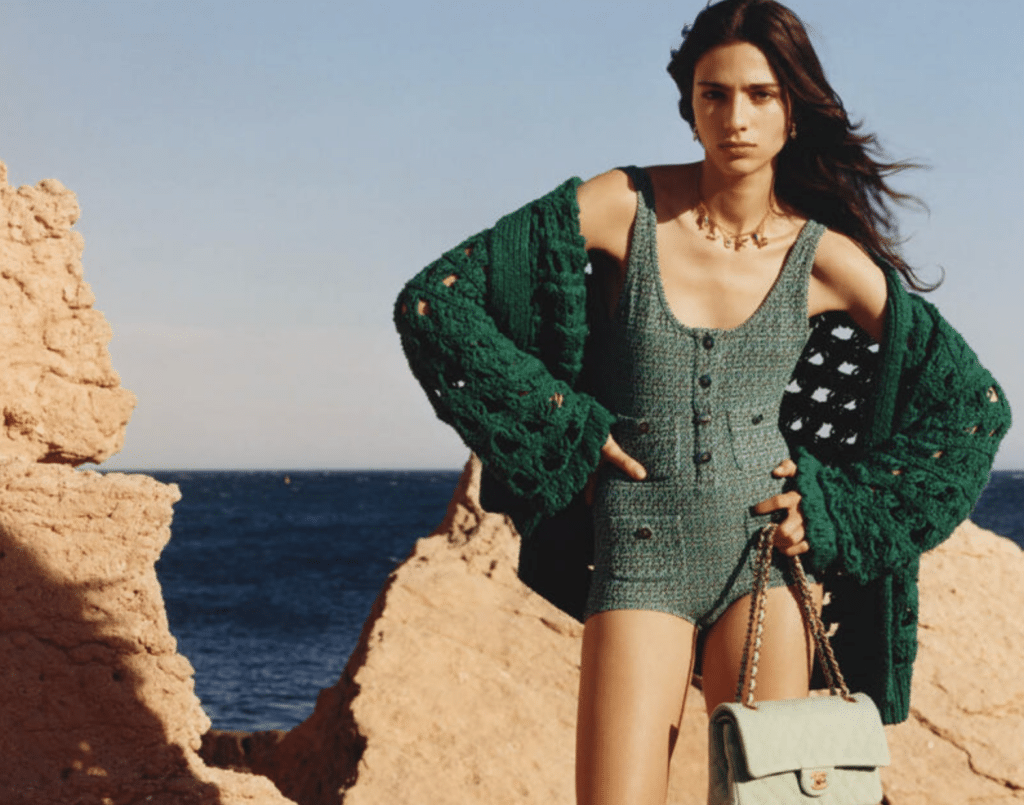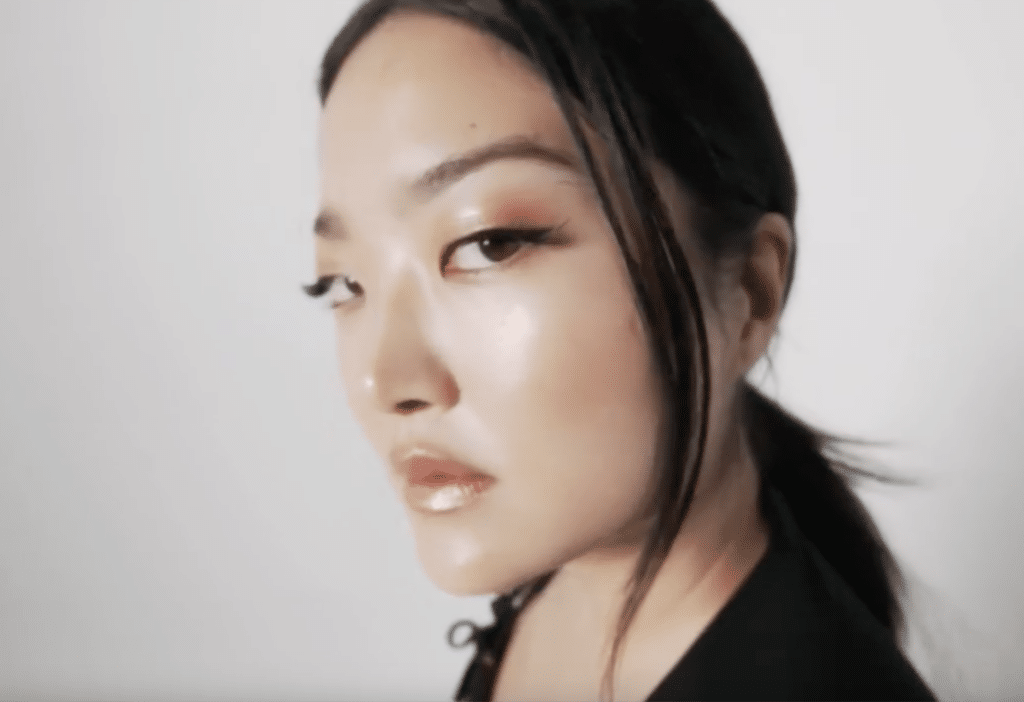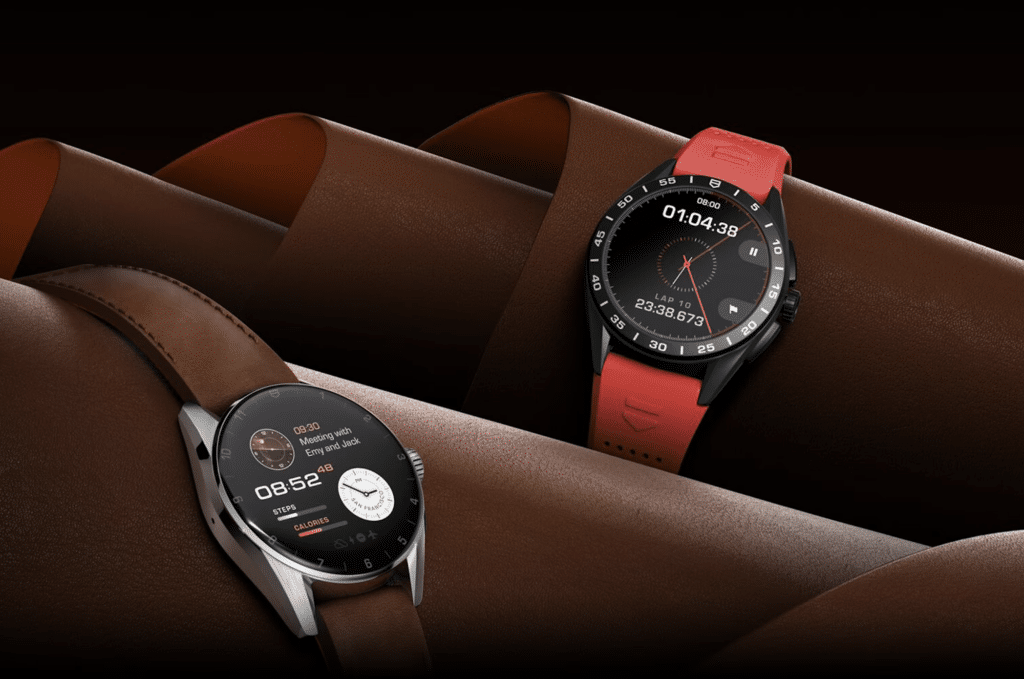Chanel has urged the U.S. Patent and Trademark Office (“USPTO”) to withdraw a preliminary refusal to register a trademark for the shape of its No. 5 fragrance bottle for use in connection with “cosmetics; fragrances and perfumery.” On the heels of receiving a non-final Office action in August, in which the USPTO refused registration for the blank bottle design on the basis that the mark is “a common rectangular shaped container” and not registrable without “sufficient proof of acquired distinctiveness,” Chanel responded by amending its application to include a claim of acquired distinctiveness and providing responses to the examiner’s request for additional information about the trademark.
On the distinctiveness front, in the August 2022 Office action, USPTO examining attorney Sabrina Tomlinson refused to give the go-ahead to Chanel’s application, asserting that the trademark – which consists of a “3D configuration comprising of a rectangular shaped container with beveled sides, a thinner neck on the center of the top of the rectangular shape and above that, a horizontal, rectangular faceted shape forming a bottle stopper” – is a “common rectangular shaped container … that is not unique or unusual in the fields of cosmetics, fragrances, perfumery,” etc. and thus, is not inherently distinctive. Tomlinson highlighted examples of “large, well-known retailers,” such as Macy’s, Sephora, and Ulta, that carry “many comparable and well-known cosmetics and perfumery brands that use the same rectangular shaped container with beveled sides as the base of the perfume bottle.”
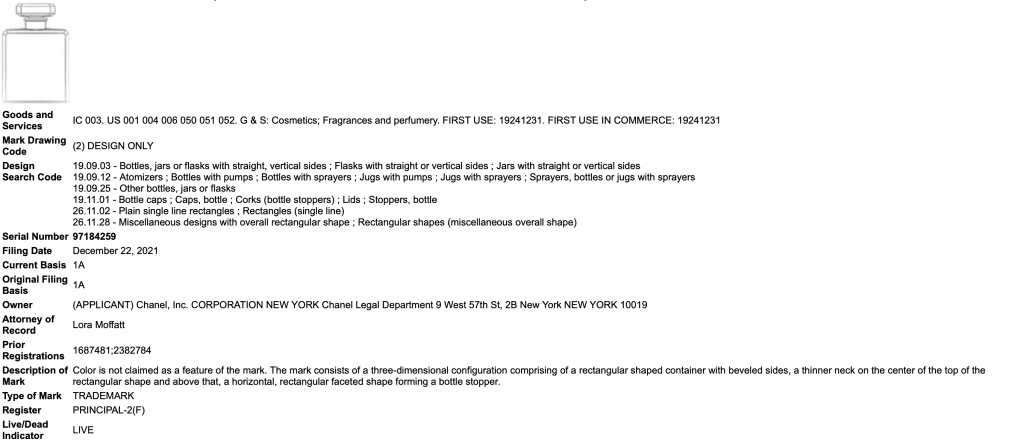
Chanel has since lodged a request to amend the application to add a claim of acquired distinctiveness, arguing that the No. 5 bottle trademark has, in fact, become an indicator of source of the goods at issue as evidenced by its ownership of two active registrations for “the same mark for sufficiently similar goods and/or services.” (Chanel points to Reg. Nos. 1687481 and 2382784, which respectively cover the “faceted bottle stopper” for the No. 5 bottle and bottle design, itself.) “In view of the newly added acquired distinctiveness claim,” Chanel asserts that the USPTO’s Nondistinctive Configuration of Product Packaging Refusal should be withdrawn, and that the application should proceed to publication.
At the same time, in its Jan. 23, 2023 response, Chanel addresses the requests for information from the examiner, shedding light on its marketing of the No. 5 fragrance and other protections for the bottle in the process. For instance, counsel for Chanel states that “while the applied-for mark has never been the subject of a utility patent or design patent,” Chanel does own a U.S. Design Patent (No. D915,193) for “a rectangular faceted shape that comprises the bottle stopper in the applied-for mark.”
The company’s counsel also notes (presumably in an attempt to avoid pushback from a functionality perspective) that the No. 5 fragrance packaging is “neither simple nor inexpensive to produce,” and in fact, the rectangular shape with the beveled edges and the rectangular cap with the beveled edges “require custom-made shapes that add considerably to the cost of manufacture.” The bottles and caps are “made exclusively for [Chanel] and are not permitted to be sold to any competitors,” according to Chanel, which further asserts that the “method and cost of manufacture” for the bottles is proprietary information that “constitute[s] a trade secret.”
Look-For Advertising – As for its marketing of the No. 5 fragrance and corresponding container, Chanel cites “a number of print and television ads that focus on the product container configuration [and] an advertising budget over the years amounting to tens of millions of dollars.” Chanel includes examples of some of its print ads for the No. 5 fragrance, stating – quite rightfully – that the ads do not just broadly promote the brand or the fragrance but draw “specific attention to the product container configuration, making it more memorable to the public.”
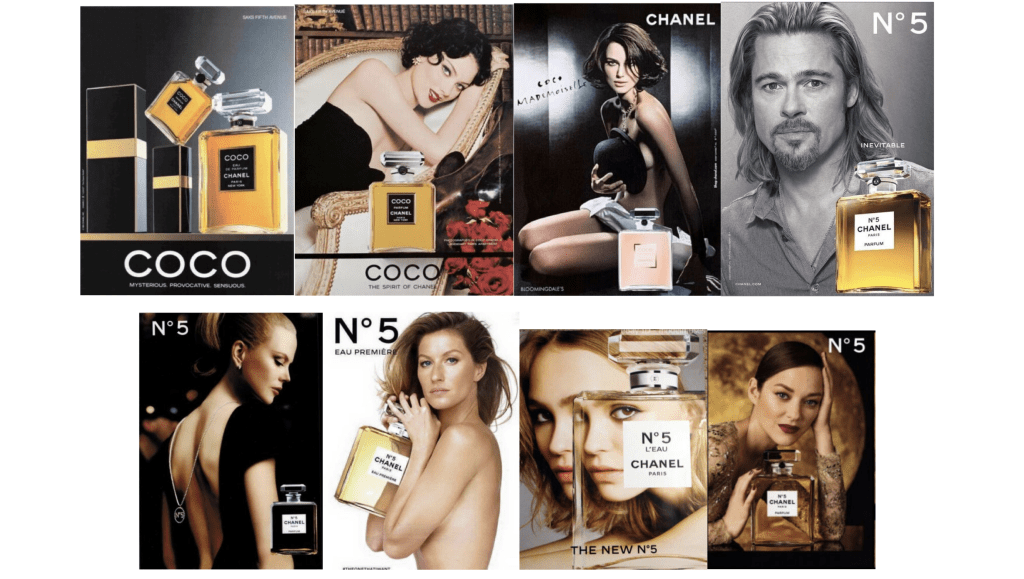
What Chanel is doing here, of course, is highlighting its consistent use of “look-for” advertising. As distinct from advertising that merely depicts a brand or product (or that touts a feature of a product – or its packaging) in a non-source-identifying manner, look-for advertising directs the consumer to look for a particular element of a product/product packaging or a particular design and associate it with the company/source at play. This type of advertising can be a powerful tool when it comes to establishing secondary meaning for “non-distinctive” marks in the minds of consumers – and to proving secondary meaning to examining attorneys and the USPTO’s Trademark Trial and Appeal Board, the latter of which has “repeatedly emphasized the importance of such evidence” in establishing acquired distinctiveness.
“The Board and other courts have long taken notice of the importance of [look-for] advertisements in regard to configuration or product design marks,” the Trademark Trial and Appeal Board stated in Grote Industries, Inc. v. Truck-Lite Co., LLC, for instance.
And not the only play on the famed No. 5 packaging that Chanel is making, the company recently lodged a trademark application for registration for a different take on the shape of the perfume bottle. In an application for registration dated Feb. 21, Chanel is looking to register a trademark that consists of “a two-dimensional configuration comprised of a rectangular shape with beveled corners, a thinner portion in the center of the top of the rectangular shape that has protruding semicircles on each side two thirds of the way up the thinner portion and, above that, a horizontal, rectangular shape with beveled corners” (i.e., the outline of its No. 5 bottle) for use on cosmetics.
The specimen that Chanel provided with its application shows the outline of the No. 5 bottle embossed on the inside of an eyeshadow palette.







